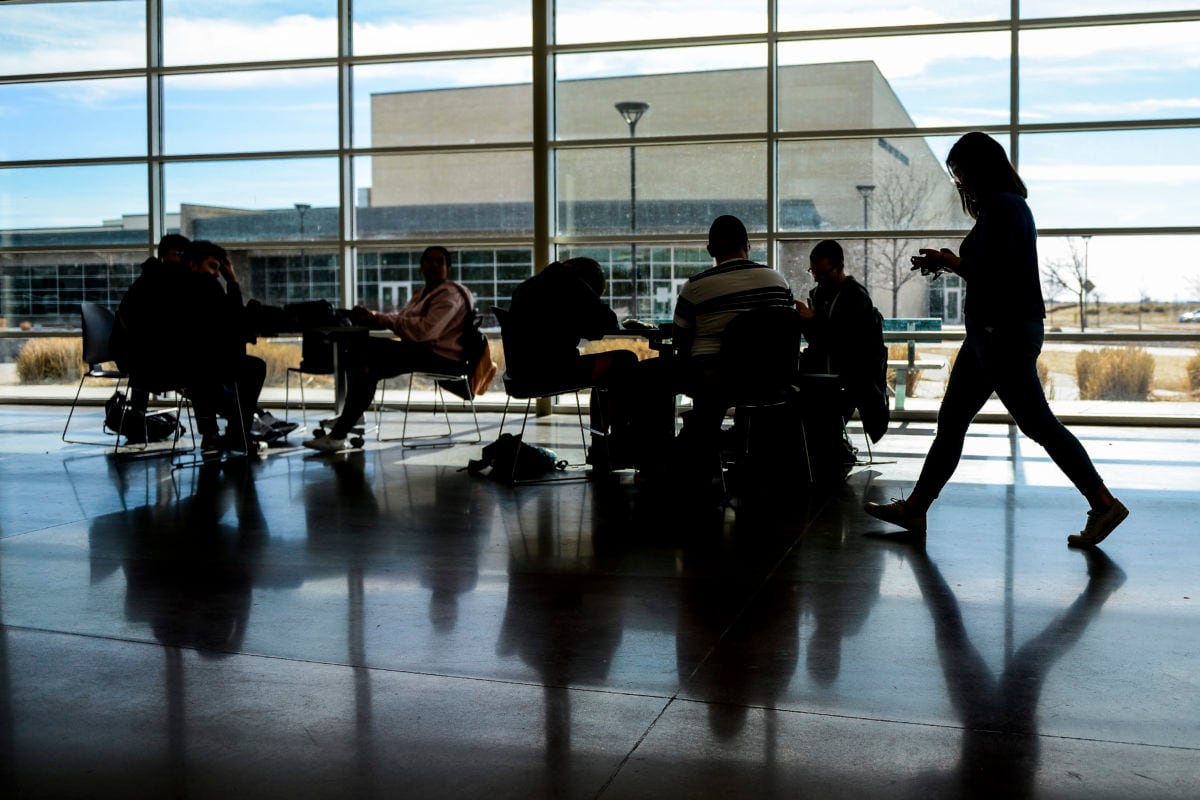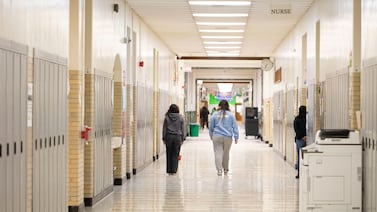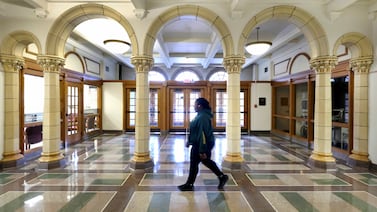Sign up for Chalkbeat Colorado’s free daily newsletter to keep up with education news in Denver and beyond.
The Adams 14 school district will not be forced to reorganize.
Accepting a committee recommendation submitted in August, Colorado Education Commissioner Susana Córdova has released the school district from a State Board of Education order that it reorganize — a process that could have led to school closures or seen parts of the district absorbed by neighboring districts.
The state decision was sent to the reorganization committee Thursday evening.
In it, the commissioner finds that the law doesn’t allow for reorganization when surrounding districts are unwilling to redraw their boundaries.
“It would not be in the best interest of any of the districts involved to spend further resources or time on this matter if there is no foundational interest from the surrounding districts,” the response states. “There will be no further expectations for the reorganization process to continue.”
Adams 14 officials celebrated their defeat of the state’s attempt.
“Colorado’s School District Reorganization Act is an outdated, unproven process that does not work and has no place in the accountability system,” said Reneé Lovato, the president of the Adams 14 school board and chair of the reorganization committee, in a statement released Friday. “It did nothing except instill fear and uncertainty among our students, staff and community.”
Superintendent Karla Loría thanked neighboring districts for helping and said in the statement, “it is our fervent hope that the State Board will stop taking negative actions against Adams 14 and allow us to focus on our students.”
The State Board ordered Adams 14 to reorganize in May 2022. In November 2018, the State Board had ordered the district based in the working class community of Commerce City to cede control to an external manager, which began in 2019. The 2022 reorganization order came after a new superintendent pushed that external manager, MGT, out of the district.
Adams 14 leaders had touted ratings improvements this week as evidence that they are on the right track. The ratings improvements aren’t yet enough to get the district off of what is known as the “accountability clock.” Under state law, schools or districts that earn one of the two lowest ratings are placed “on the clock” and have five years to show improvement before facing orders from the State Board of Education.
Adams 14 was the first school district in Colorado to be ordered to reorganize as a consequence of multiple years of low performance ratings. The district has challenged the reorganization order in court, and a Colorado Supreme Court decision on whether the state has the authority to force a district into reorganization is pending.
In the meantime, Adams 14 formed a committee with members from the neighboring districts — the first required step toward reorganization. The group met four times, but instead of crafting a draft plan to close schools, change boundaries, or dissolve the district, they adopted a 40-page recommendation that found that reorganization was not in the district’s best interest.
Córdova’s decision letter notes, “The committee seeks authorization to end the process before community hearings because there are no new boundaries to present to the community.” Because the state turned over the process to be led by the community, the state can now choose to say that the process is complete, Córdova wrote.
Córdova also notes that if parts of current Adams 14 district had to vote on being absorbed into a neighboring school district with a higher property tax burden, they would have to also vote to approve that higher tax — something that is unlikely to happen in the low-income district that has failed to pass its own tax measures multiple times.
While the district will no longer be bound to go into reorganization, the district is still bound by a second State Board order to contract with a partial manager to help with improvement work, the decision says.
“Unfortunately, the State Board was notified this week that Adams 14 is non-renewing their contract with TNTP, and TNTP’s work has been stopped in the district,” the state’s decision notes. “This comes as a surprise.”
District leaders cite the cost of TNTP’s contract as one main reason for stopping their work, and in their notice to the state, said that both the nonprofit and the district mutually agreed to stop the work while they negotiate.
Adams 14 had signed a contract with TNTP in the summer of 2022. The contract was to be for three years and for a total of $5 million over that time.
State officials said late Thursday they had offered to increase school improvement funding for the district by $350,000, bringing the total to $1.2 million this year. “We hope this will help the district continue its work with TNTP,” a statement from the department says.
Read the state’s decision here:
Yesenia Robles is a reporter for Chalkbeat Colorado covering K-12 school districts and multilingual education. Contact Yesenia at yrobles@chalkbeat.org.






